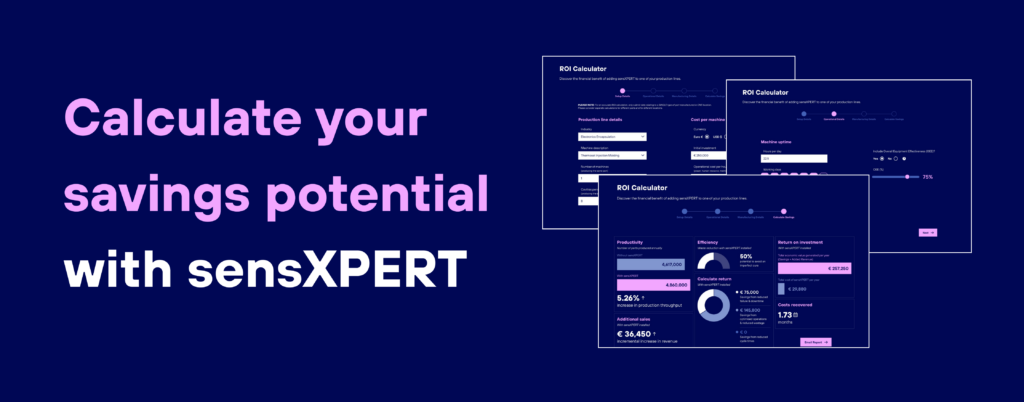3 Strategies for Cost-Effective Plastics Manufacturing
Recent years have seen many factors adding significant pressure on the economic viability of plastics manufacturing. Rising costs across the entire value chain threaten to compromise profit margins and hinder the industry’s ability to deliver cost-effective solutions to customers.
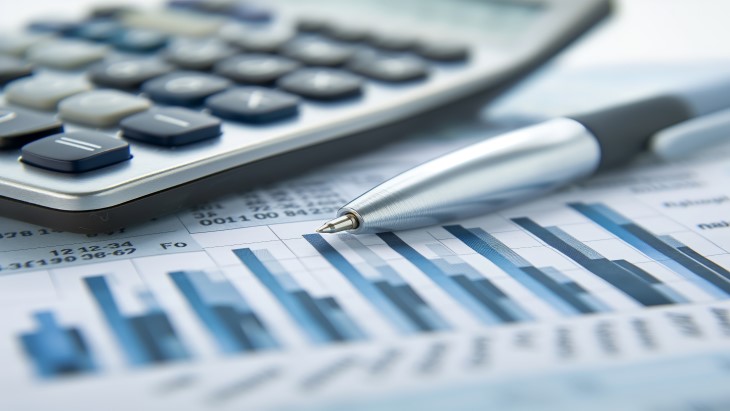
This article investigates the core economic factors driving cost pressures within plastics manufacturing.
One the one hand, the plastics industry faces the challenge of volatile raw material costs. The price of virgin plastics, derived from petroleum products, fluctuates in tandem with global oil prices. This instability presents a hurdle for manufacturers seeking to maintain predictable production costs.
Furthermore, the growing demand for sustainable production has spurred a considerable increase in demand for recycled plastics. While this trend contributes to great environmental benefits, it has also driven up the cost of recycled materials, further complicating the cost equation for manufacturers.
Besides material costs, energy optimization in production and inefficient manufacturing operations present their own challenges in maintaining cost-effective plastics manufacturing. As such, we will explore a range of strategies that can be employed by manufacturers to navigate these challenges and achieve cost-effectiveness.
These strategies encompass material selection and optimization, energy efficiency initiatives, and advancements in production processes. By understanding the economic landscape and the available tools for cost reduction, plastics manufacturers can ensure their continued competitiveness in a dynamic market.
This article aims to equip industry professionals with the knowledge and insights necessary to navigate these challenges and achieve economic sustainability in the long term.
Key Cost Drivers in Plastics Manufacturing
Maintaining cost-effectiveness in plastics manufacturing requires a multi-pronged approach that addresses the various factors impacting the bottom line. Here, we delve into the core cost drivers that plastics manufacturers must navigate; raw materials, energy consumption, and manufacturing inefficiency.
Raw Materials
Raw materials form the very foundation of plastics manufacturing, and their cost fluctuations pose a significant challenge to maintaining profitability. Oil price fluctuations and the rising cost of recycled plastics are two key factors influencing raw material costs.
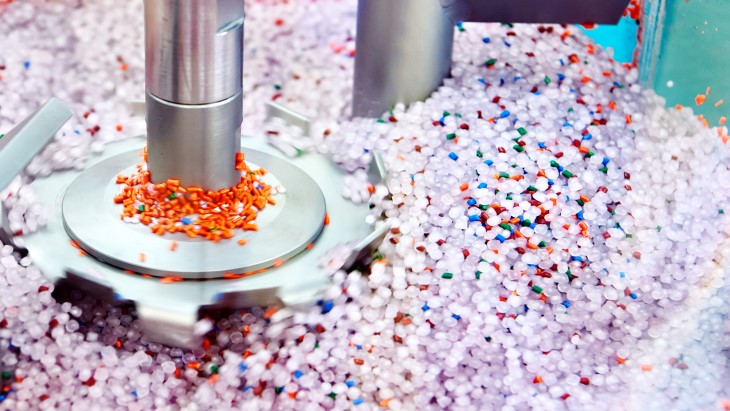
Fluctuations in Oil Prices
A large portion of plastics are derived from petroleum-based feedstocks. The price of crude oil directly impacts the cost of virgin plastic resins, the primary raw material for many plastics manufacturers. Geopolitical instability, supply chain disruptions, and exploration and production costs all contribute to oil price volatility. This translates to unpredictable fluctuations in the cost of virgin plastics, making it difficult for manufacturers to maintain consistent pricing models.
Recycled Plastics
As environmental consciousness increases, the demand for sustainable practices in plastics manufacturing is surging. Recycled plastics offer an attractive alternative, but their cost dynamics are evolving. While recycled content can offer environmental benefits, its price can sometimes rival virgin plastic due to:
- Limited Availability: The current infrastructure for collecting and processing plastic waste is not yet fully developed, leading to a limited supply of high-quality recycled content. This scarcity can drive up prices, especially for specific types of recycled plastics needed for certain applications.
- Processing Costs: Sorting, cleaning, and reprocessing plastic waste require additional processing steps compared to virgin materials. These additional steps can translate to higher costs for manufacturers who utilize recycled content.
Energy Consumption
Energy consumption is another major cost driver in plastics manufacturing. Every stage of the production process, from heating and melting raw materials to powering machinery and cooling finished products, requires significant energy input.
That said, there is a dependence on fossil fuels as a large portion of the energy used in plastics manufacturing comes from traditional fossil fuels like natural gas and electricity. Fluctuations in global energy prices directly impact the operating costs of production facilities.
Alternatively, while fossil fuels remain dominant, there’s a growing interest in exploring alternative energy sources like solar or wind power. Renewable energy offers long-term cost stability and environmental benefits, but the upfront investment in installing and maintaining renewable energy systems can be significant.
Manufacturing Inefficiency
While the focus of any manufacturing operation is to produce quality goods, inefficiencies in the process can silently erode profits. In plastics manufacturing, these inefficiencies manifest in several ways, driving up overall costs:
- Wasteful Practices: Inefficiencies often lead to wasted resources. This includes scrap generated from poorly calibrated machinery, excess material usage due to inadequate process control, and additional energy consumption from unnecessary production steps. Each instance of waste translates to higher costs for raw materials, energy, and potentially disposal fees.
- Downtime and Delays: Production bottlenecks, equipment malfunctions, and poorly planned workflows can result in significant downtime. Every minute of halted production represents lost opportunity and increased costs. Downtime can also lead to rushed production runs, further increasing the risk of errors and waste.
- Suboptimal Energy Consumption: Inefficient processes often require more energy to achieve the same output. This could be due to outdated equipment with lower energy efficiency ratings, poorly insulated facilities leading to heat loss, or simply not optimizing production cycles to minimize energy usage.
By addressing these inefficiencies, plastics manufacturers can unlock significant cost savings and improve their overall profitability. The next section will explore three strategies for achieving plastics manufacturing efficiency.
3 Strategies to Maintain Cost-Effective Plastics Manufacturing
The economic landscape of plastics manufacturing is constantly evolving, demanding a multi-faceted approach to maintain profitability. Fluctuations in raw material prices, energy costs, and the need for efficient production all require strategic solutions. Fortunately, there are three key strategies that plastics manufacturers can implement to navigate these challenges and achieve cost-effectiveness. Namely, material optimization, energy efficiency initiatives, and streamlining production processes.
Material Optimization
Material selection and utilization play a critical role in cost control for plastics manufacturers. In today’s dynamic market, where raw material prices can fluctuate significantly, optimizing material usage is no longer just about minimizing waste – it’s about strategically leveraging materials to maximize value and environmental benefits.
Strategic Use of Recycled Content
For instance, incorporating recycled plastic content into your products, where feasible and maintaining quality standards, offers a cost-effective and environmentally conscious solution.
On one hand, it can lead to cost savings compared to virgin plastics, depending on market conditions. On the other hand, it contributes to a more sustainable production process by reducing reliance on virgin materials and diverting plastic waste from landfills.
The key lies in striking a balance between utilizing recycled materials and managing potential cost fluctuations associated with their availability. Investing in partnerships with reliable suppliers of high-quality recycled content can help mitigate these fluctuations.
Exploring Alternative Materials
Innovation in sustainable materials offers exciting possibilities for cost-effective and environmentally conscious manufacturing. Investigate the viability of bioplastics or other innovative materials for specific applications.
Bioplastics derived from renewable resources like plant starch can potentially offer long-term cost benefits and cater to the growing demand for sustainable solutions. However, a thorough cost-benefit analysis is crucial to ensure these alternatives align with your production processes and product requirements.
Factors to consider include the availability and cost of bioplastics compared to traditional materials, their suitability for the desired functionality of your product, and any potential adjustments needed to your manufacturing processes.
Minimizing Material Waste
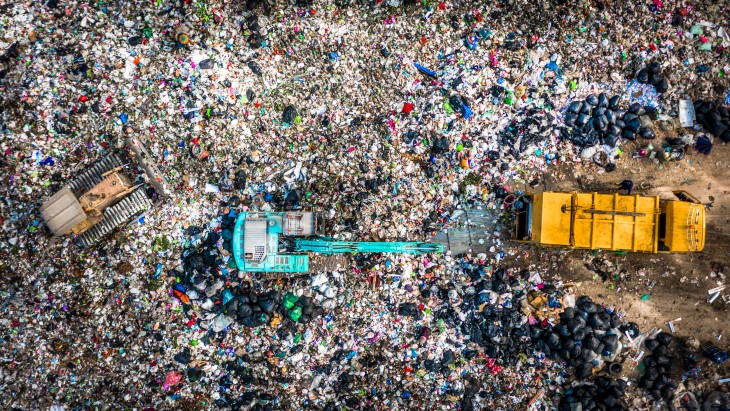
Every gram of wasted plastic translates to higher costs. Implementing strategies to minimize material waste throughout the production process can yield significant savings. This could involve:
- Investing in machine calibration: Regularly calibrating machinery ensures consistent production output and minimizes the generation of rejects due to inaccurate measurements.
- Exploring waste material reuse: Depending on the type of plastic and application, exploring technologies for reusing waste material within your product line can be a cost-effective solution. This could involve grinding scrap into usable pellets or utilizing leftover materials for non-critical components within your product.
- Utilizing in-mold material characterization sensors*: These sensors can monitor your in-mold material behavior and enable you to dynamically adjust your process according to the curing, vulcanization, or crystallization behavior of the material.
*sensXPERT Digital Mold is a process control solution that allows you to monitor and control your plastics processing in real-time
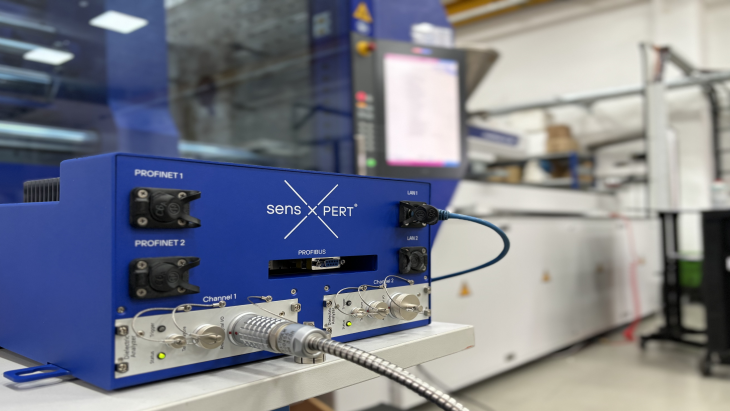
Energy Efficiency Initiatives
Energy consumption is a major cost driver in plastics manufacturing, with traditional fossil fuels like natural gas and electricity significantly impacting operating expenses. However, the landscape is evolving, and plastics manufacturers can embrace alternative energy solutions that not only deliver cost savings but also contribute to a more sustainable future.
For one, manufacturers can explore the feasibility of incorporating renewable energy sources like solar or wind power into their production facilities. While upfront investment costs for installing solar panels or wind turbines exist, the long-term benefits are substantial.
Additionally, upgrading to modern machinery with features like variable-speed drives and improved insulation can significantly reduce energy consumption over time. These features allow for adjustments based on production needs and minimize energy loss.
Moreover, streamlining production processes, which will be detailed further below, can also have a major impact. This includes optimizing production cycles to minimize equipment operation times, implementing heat recovery systems to reuse waste heat, and prioritizing preventative maintenance to ensure peak equipment efficiency.
Streamlining Production Processes
Every step in the production line presents an opportunity to identify and eliminate waste, ultimately leading to significant cost savings. Streamlining manufacturing operations by building strong supplier relationships, implementing lean manufacturing principles, and investigating in automation can generate significant savings.
Building Strong Supplier Relationships
Developing strong partnerships with reliable raw material suppliers offers a double benefit. Firstly, it allows for potentially better pricing through negotiation and access to favorable terms. Secondly, a reliable supply chain minimizes disruptions and delays in production, which can lead to increased costs. Diversifying your supplier base can further mitigate risk in case of unforeseen circumstances with a single source.
Process Improvement through Lean Manufacturing
Lean manufacturing principles provide a powerful framework for continuous improvement and waste elimination. Techniques like value stream mapping help identify and eliminate non-value-added activities within your production process. Implementing Kanban inventory management ensures you have the right materials on hand when needed, minimizing waste and storage costs. Additionally, adopting just-in-time (JIT) inventory practices reduces the need for excessive storage space and minimizes the risk of material obsolescence. By embracing lean principles, manufacturers can streamline production, reduce waste, and ultimately, achieve cost-effectiveness.
Investing in Automation
While automation requires a careful cost-benefit analysis, strategically implemented automation can lead to significant long-term savings. Automating repetitive tasks can free up human labor for higher-value activities, improve production consistency by minimizing human error, and potentially reduce material waste. However, it’s crucial to evaluate the specific needs of your production line and the cost of automation equipment before making an investment.
By implementing these strategies, plastics manufacturers can achieve significant cost savings through streamlined production processes. A focus on optimizing the entire production chain, from supplier relationships to automation opportunities, paves the way for efficient and cost-effective manufacturing.
Conclusion
The plastics manufacturing industry faces a dynamic landscape with fluctuating costs and ever-evolving regulations. However, by adopting a strategic approach, manufacturers can navigate these challenges and achieve long-term economic sustainability.
This article explored three core strategies for cost-effectiveness: material optimization, energy efficiency initiatives, and streamlined production processes.
Implementing these strategies requires a multi-pronged approach. Manufacturers can optimize material usage by incorporating recycled content strategically, exploring alternative materials, and minimizing waste throughout production. Energy consumption can be reduced by upgrading to energy-efficient equipment, exploring renewable energy sources, and optimizing production cycles. Streamlining processes involves building strong supplier relationships, implementing lean manufacturing principles, and strategically leveraging automation.
By embracing these strategies, plastics manufacturers can not only achieve cost savings but also contribute to a more sustainable future for the industry.
Learn how much of a return on investment you can attain with sensXPERT’s process control technology with our ROI calculator.
